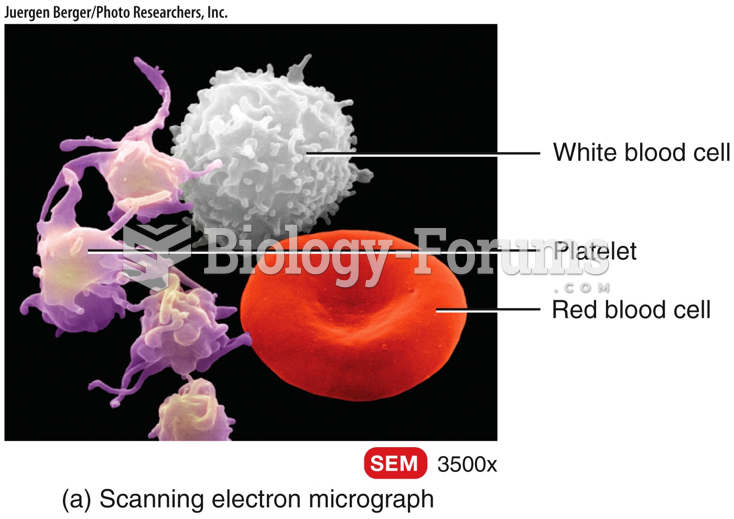Answer to Question 1
Correct Answer: 2
This blood pressure is classified as prehypertension because it is between 130 and 139 (systolic) and 80 and 89 (diastolic). Normal blood pressures are less than 120 (systolic) and less than 80 (diastolic). Blood pressures falling into the Stage I hypertension category are those between 140 and 159 (systolic) or those between 90 and 99 (diastolic). Blood pressures falling into the stage II hypertension category are those greater than or equal to 160 (systolic) or greater than 100 (diastolic).
Answer to Question 2
Correct Answer: 2, 5
Edema in the lower extremities is associated with venous insufficiency. The ulcers consistent with a diagnosis of venous insufficiency are likely to bleed and can be found in this area of the lower extremity. Arterial insufficiency ulcers are often described as dry, pale, with defined edges. Clients with arterial insufficiency may complain that their legs feel cool or cold. The nurse is more likely to determine that the legs of clients with venous insufficiency have temperatures that are within normal limits. Pale skin on the lower extremities is associated with arterial insufficiency. Venous insufficiency results in darkened skin on the lower extremities. Pain with walking is consistent with a client who has been diagnosed with arterial insufficiency. The type of discomfort associated with venous insufficiency is aggravated by prolonged standing or sitting and is relieved by several hours of rest.







